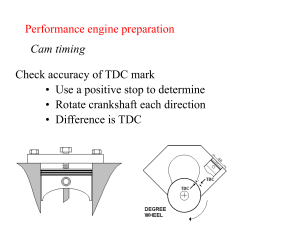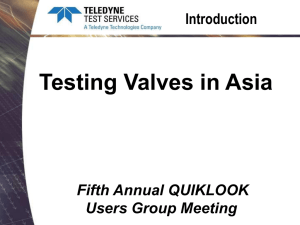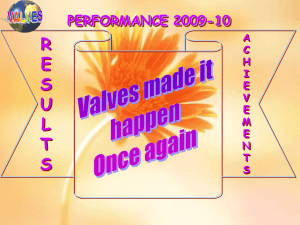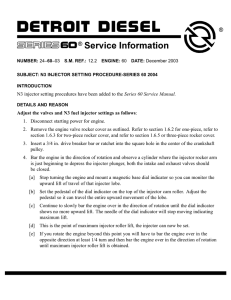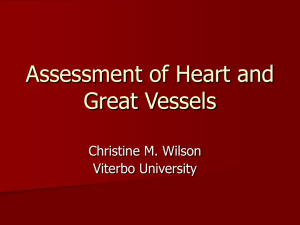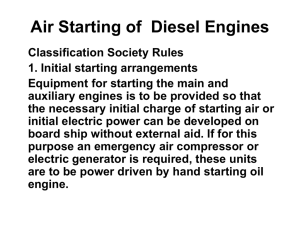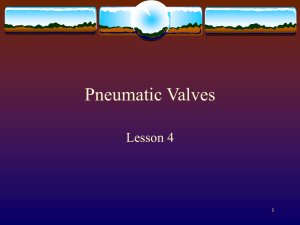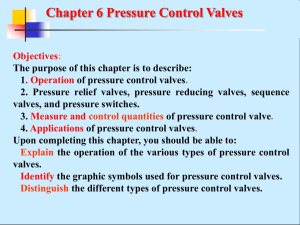Camless Engine - Mechanical Engineering Online
advertisement
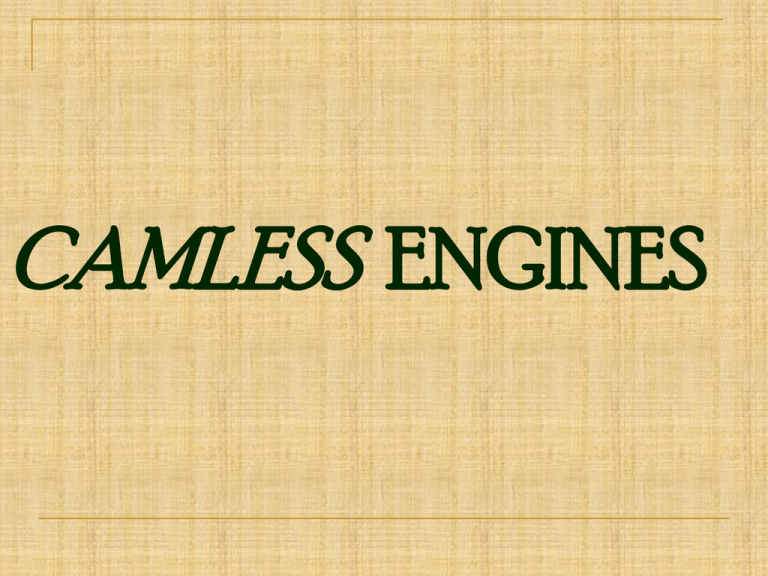
CAMLESS ENGINES What Is Cam??? Cam is a rotating machine element which gives reciprocating motion to the follower. The motion of the follower is pre-determined and accordingly the Cam is designed. The cams are normally placed on a fixed camshaft which is then geared to the crankshaft. Working Of Conventional Four Stroke IC Engine Has four strokes. Movement of inlet and exhaust valves with the help of Cam. Jump to: navigation, search Conventional Valve train The valvetrain consists of valves, rocker arms, pushrods, lifters, and camshafts. It involves many moving parts. CAMSHAFT Rocker arm is a reciprocating lever that conveys radial movement from the cam lobe into linear movement at the poppet valve to open it. It provides a reasonable balance of strength, weight and economical cost. ROCKER ARM Disadvantages Of Conventional Valvetrain I. II. III. Increased frictional losses Cam profile is fixed Noise Overview Of Camless Engine SENSORS ELECTRONIC CONTROL UNIT ACTUATO RS Mainly Five Sensors are present,which senses; I. Speed of the engine. II. Load on the engine. III. Exhaust gas Sensor. IV. Valve position Sensor. V. Current Sensor. Microprocessors are present in ECU to issue signals and control the Actuators. Types Of Camless Mechanisms I. Electromechanical Poppet Valves. II. Electromechanical Ball Valves. III. Electrohydraulic Poppet Valves. Electromechanical Poppet Valves Early systems magnetic attraction/repulsion was used on an iron or ferromagnetic armature Varying Air Gaps which lead to high energy losses and High Seating Velocities which made varying of the lift difficult. It is replaced with a current-carrying armature coil. A magnetic field is generated by a magnetic field generator and is directed across the fixed air gap. The force generated on the armature coil drives the armature coil linearly in the air gap in a direction parallel with the valve stem. Depending on the direction of the current supplied to the armature coil, the valve will be driven toward an open or closed position. Camless Valvetrain Types Electromechanical Poppet Valves Electromechanical Ball Valves It consists of a ball through which there is a passage. If the ball is rotated such that the passage lines up with other openings in the valve assembly, gas can pass through it. Electromechanical Ball Valves Electro-hydraulic Poppet Valves A source of pressurized hydraulic fluid and a hydraulic actuator coupled to the poppet valve is used. The use of engine oil as the hydraulic fluid simplifies and lowers the cost of the design. Electro-hydraulic Poppet Valves Why Camless Engines??? Infinitely variable valve timing. More torque is made available throughout the rev-range. Increases durability and engine life. Valve train weight which limits the rotational speed at which the engine can operate is reduced. Increases engine performance. Decreases fuel consumption Decreases harmful emissions Valeo estimates that the efficiency of a camless engine would be 20% greater than a comparable camshaft-operated engine Limitations Of Camless Engines 1. Relatively high cost 2. Packaging 3. Power consumption 4. Noise and vibration Current Applications Of Camless Engines Camless valve trains using solenoids or magnetic systems are being investigated by BMW and Fiat. They are being prototyped by Valeo and Ricardo. Used in the new Fiat 500. Thank You
